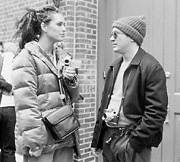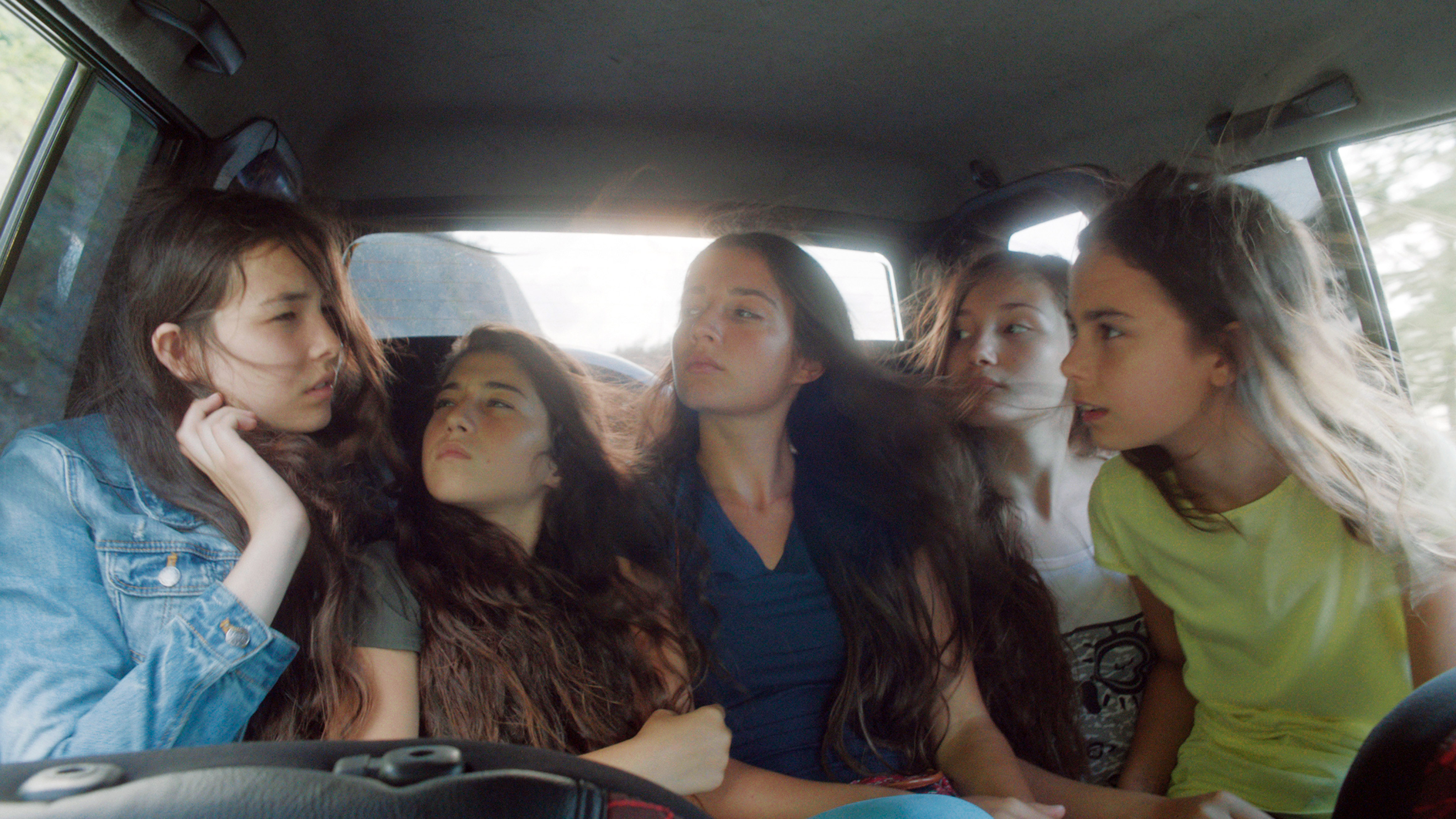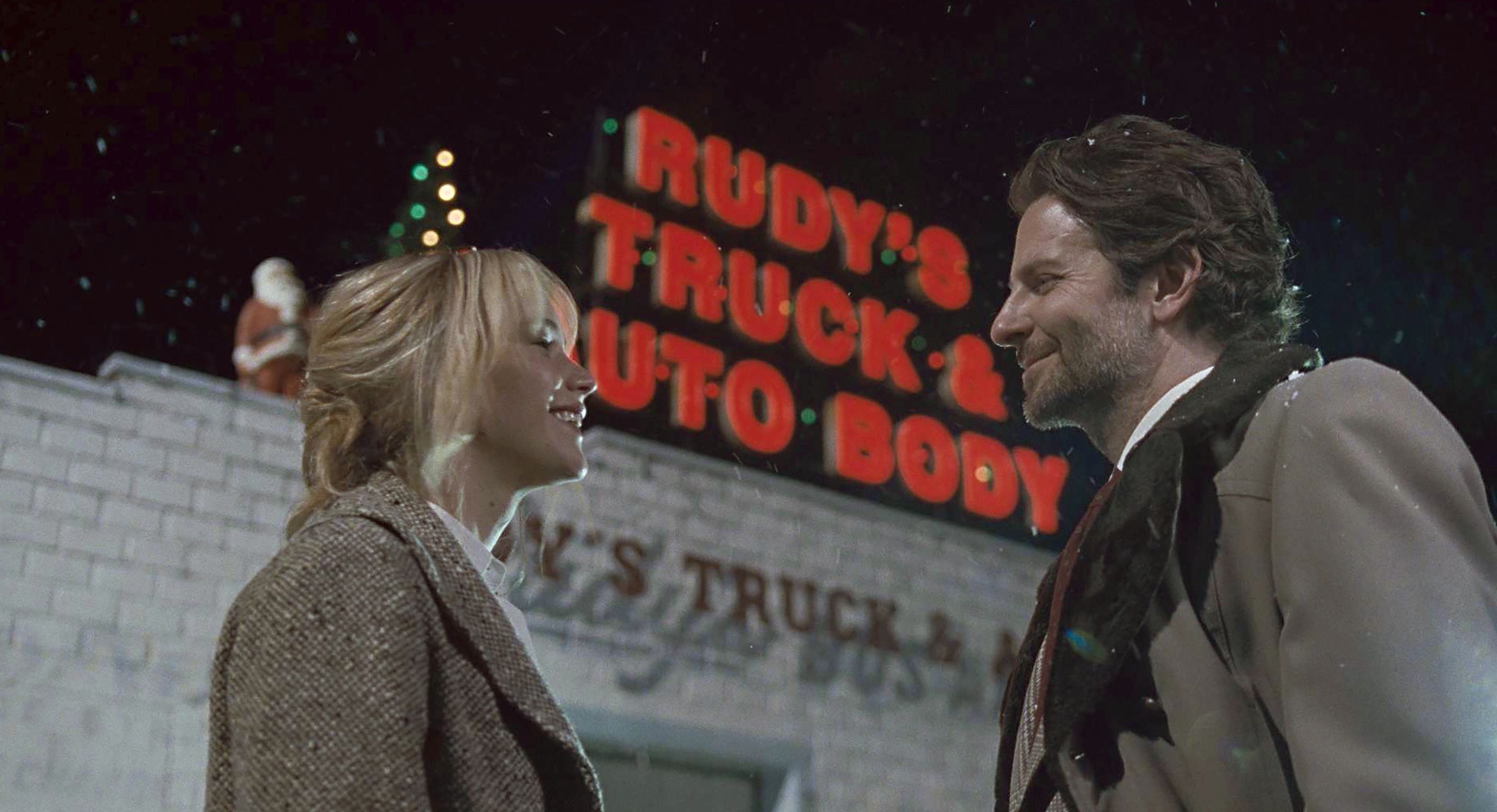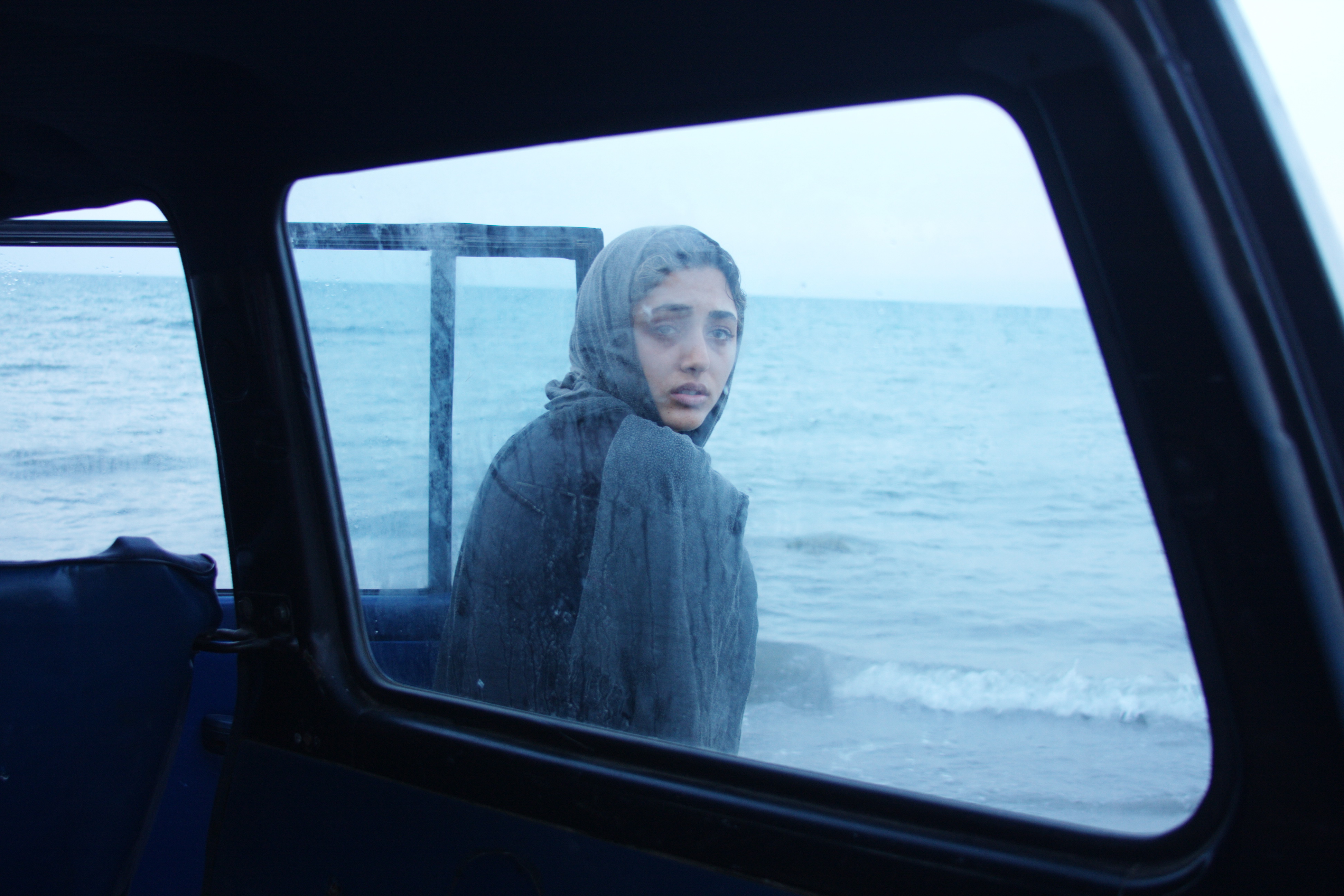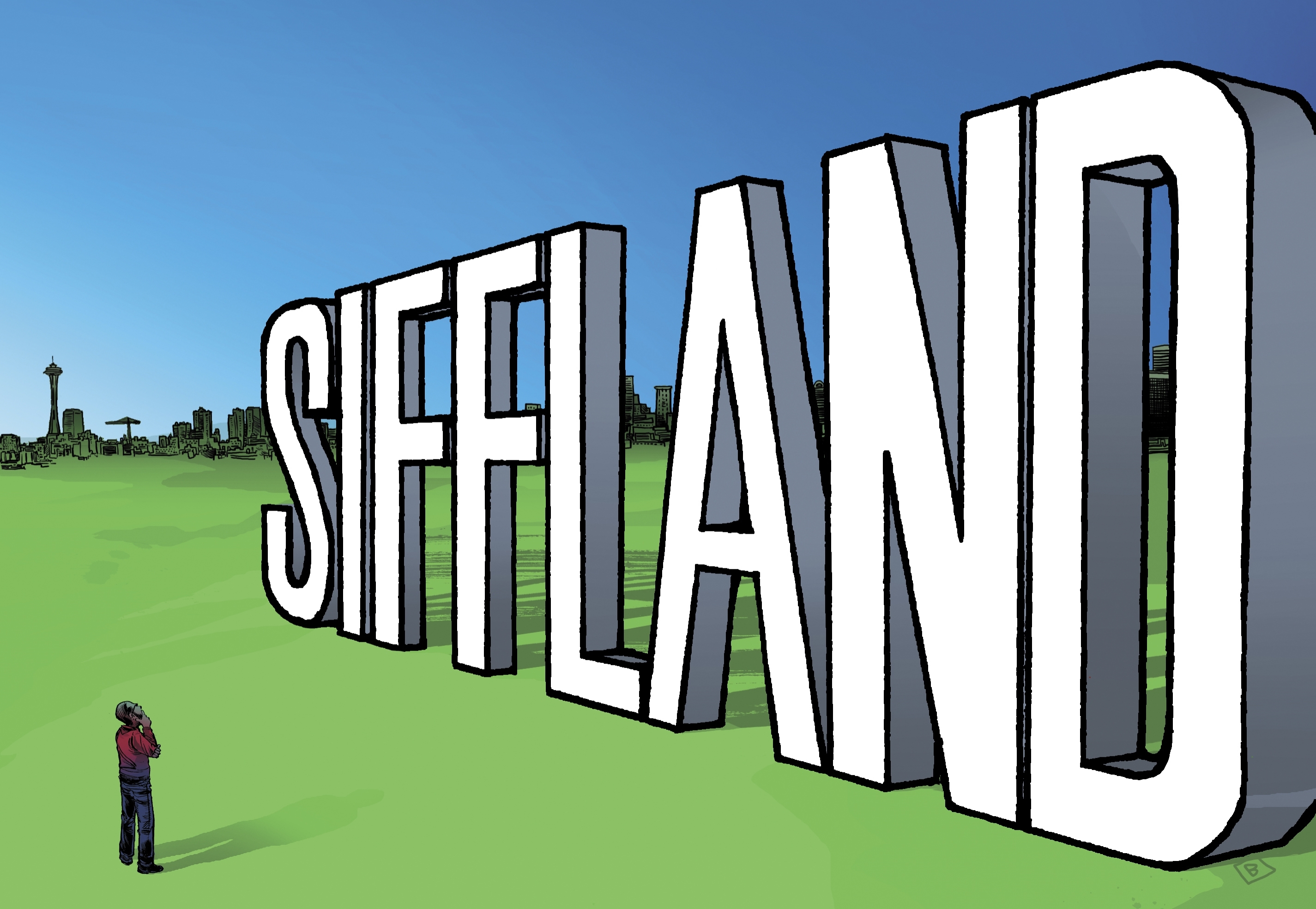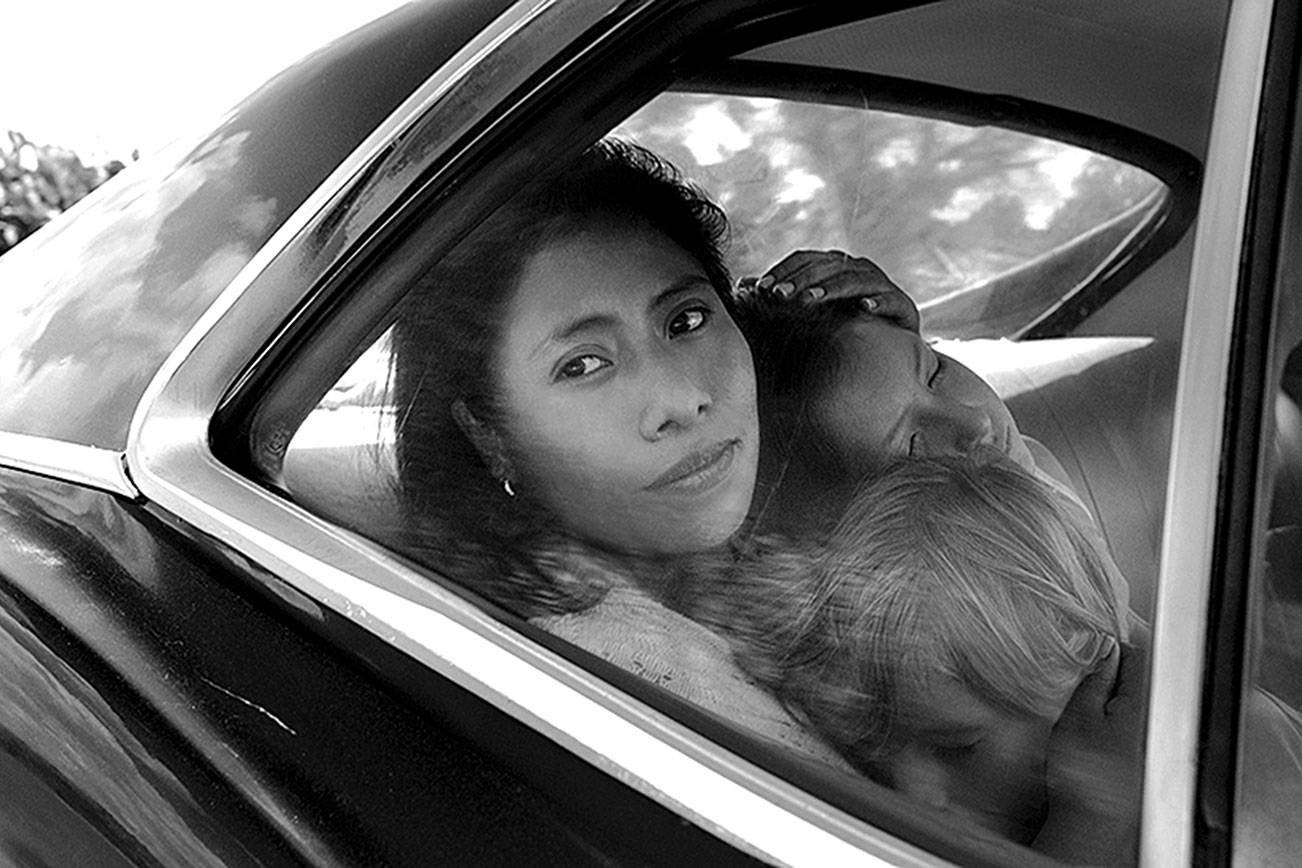WHY THE PHOTO? The one to the left—look at it. Why use this photo of two well-known Hollywood stars to illustrate the review of an unruly film dealing with the unruly state of contemporary urban race relations? The other publicity stills included some unfamiliar faces, black faces, framed by gold chains, sideways baseball caps, puffy down jackets, and baggy pants. Chances are you might not read an article illustrated with that kind of imagery—which is perhaps James Toback’s entire reason for making his nervy, contrarian, and largely improvised new film. It’s also the reason Black and White is the best movie he’s made in his wildly erratic career.
BLACK AND WHITE
written and directed by James Toback
with Brooke Shields, Mike Tyson, Robert Downey Jr., and Oli “Power” Grant
opens April 5 at City Center, Varsity
Who is James Toback? If you believe the old Spy magazine, among other print pundits, he’s a lecherous, pretentious, self-indulgent blowhard who shamelessly flaunts his Harvard degree and status as a director to hit on women half his age. He’s a pal of Warren Beatty (natch), for whom he wrote Bugsy, and is still best known for 1987’s The Pick-up Artist (with Robert Downey Jr.). Two Girls and a Guy (1997) and The Big Bang (1989) can be used as exhibits A and B for his one-track salacious mind and one-joke mentality, and you’ll find no defense of his oeuvre in these pages.
However, people can change, which is one of Black and White‘s themes. Redemption is possible. Reinvention is possible— especially when it comes to seemingly predetermined ethnic identity. “You don’t wanna be what people expect of their race,” says one student at a NYC prep school where all the privileged white kids have embraced hip-hop style and attitudes. In an amusing classroom Q&A scene, they spout half-convincing explanations. It’s just a pose we’ll drop later, one kid insists. Our parents did the same to annoy their parents, another offers. “I wanna be black,” vehemently declares Charlie (a girl, played by Bijou Phillips), who sports a gold tooth to scandalize her WASP caricature parents and is sexually involved with gangster-turned-rap impresario Rich (Oli “Power” Grant) in her uncertain quest for street cred.
SWIFTLY INTERWEAVING many stories and many, many characters, Toback wants to prove how the margin between society’s highest and lowest strata is its most interesting area. For him, a 55-year-old white man, hip-hop is a vital and inherently sexual fusion of two societies. But it’s also a cultural collision with the potential for hurt and violence. A cop (Ben Stiller) with less-than-pure motives is intent on nailing Rich, who’s in a turf war over a music club. Rich’s basketball player pal (the Knicks’ Allan Houston) has a sneaky white girlfriend (Claudia Schiffer). Someone gets shot, but with a white finger on the trigger. And then there’s Mike Tyson, who protests to an overeager documentary maker (Brooke Shields), “This is not a study of animals.” He and the other black characters are amazed by the white fascination with their culture. It’s like they’re after “some kind of a life force,” Rich marvels, yet he and his buddies acknowledge they’re selling hip-hop to upmarket whites so they can join the same economic class.
In his extremely democratic and engaging film, Toback wants all sides to be heard—to a fault. Many scenes seem pointless and tangential, names are hard to keep straight, and some dialogue may be hard to catch. But the guy didn’t sleep through Shakespeare at Harvard; his plot is no improv exercise. In 17th-century drama or today’s rap music, Toback insists, identity—concealed, revealed, remade—is always in flux. Despite the hip-hop mantra of “keeping it real,” authenticity turns out to be a dangerous myth. The real surprise is how Toback takes themes of racial and generational conflict that seem headed for tragedy, then bends them into an optimistic and forgiving comedy of reconciliation.
